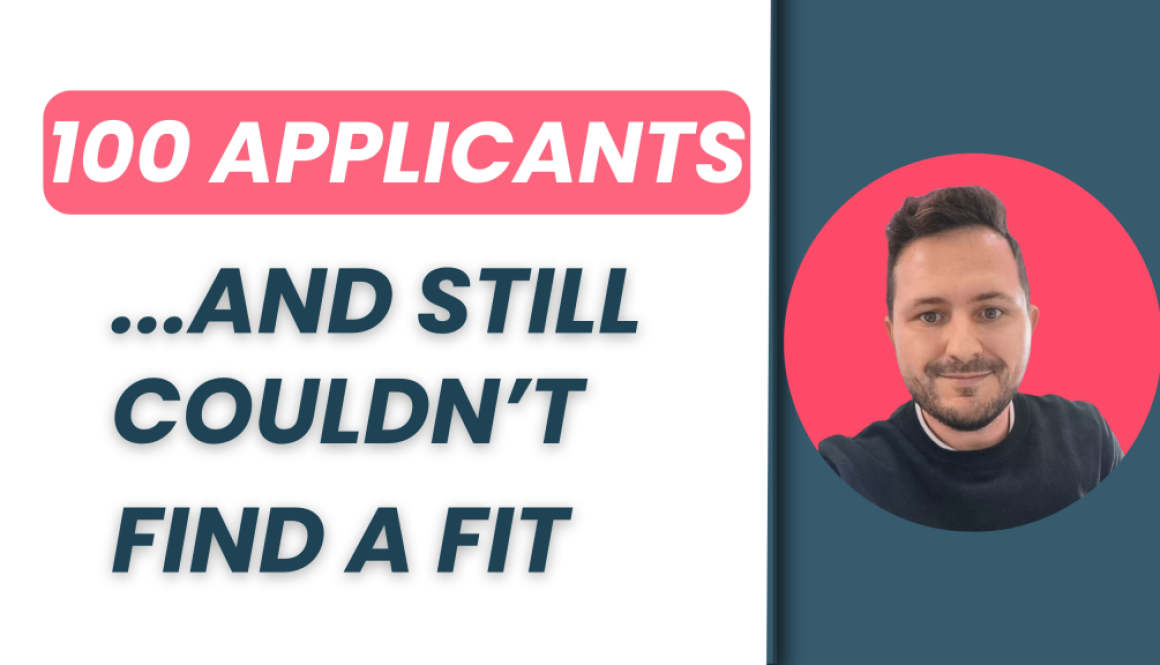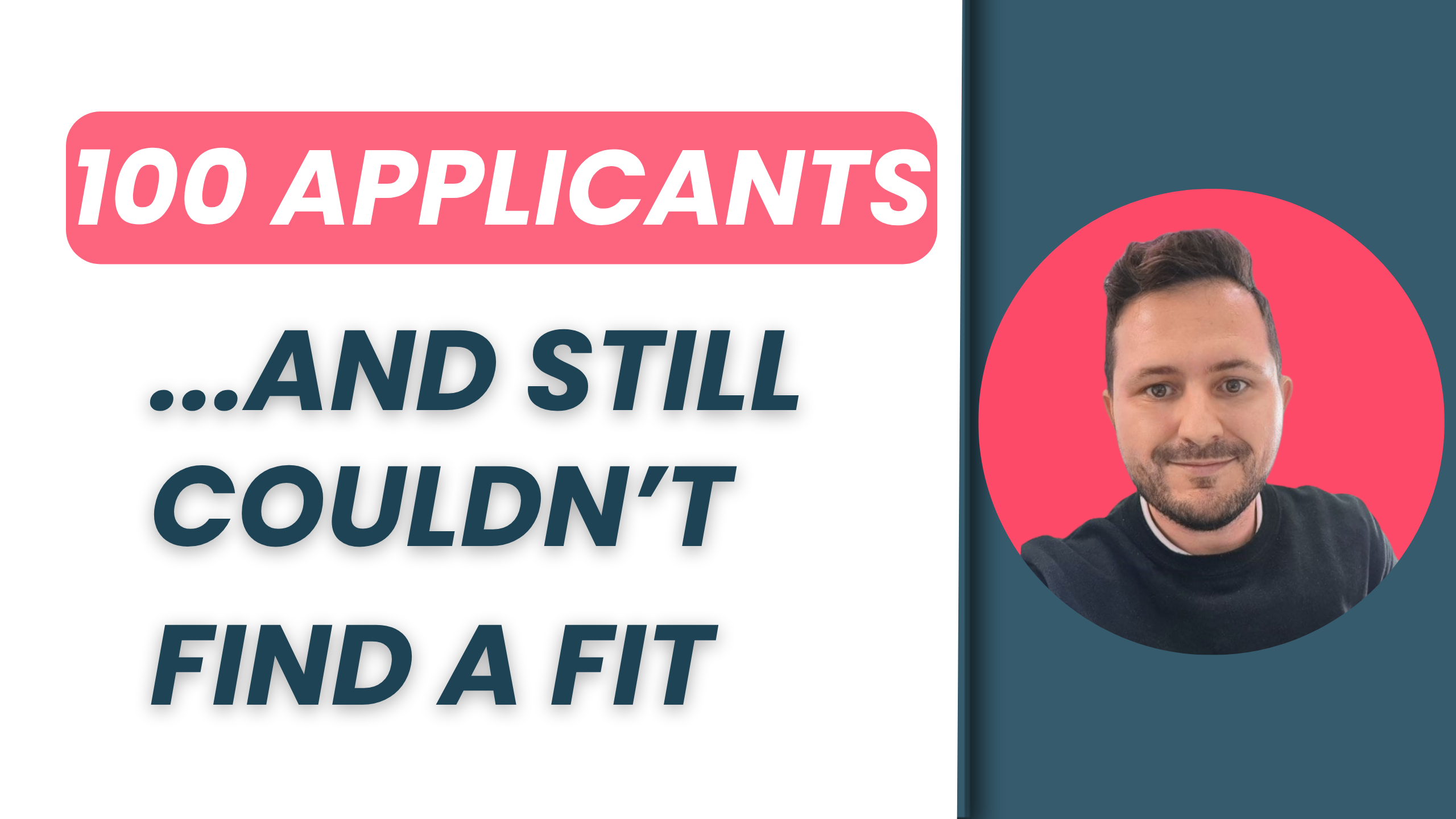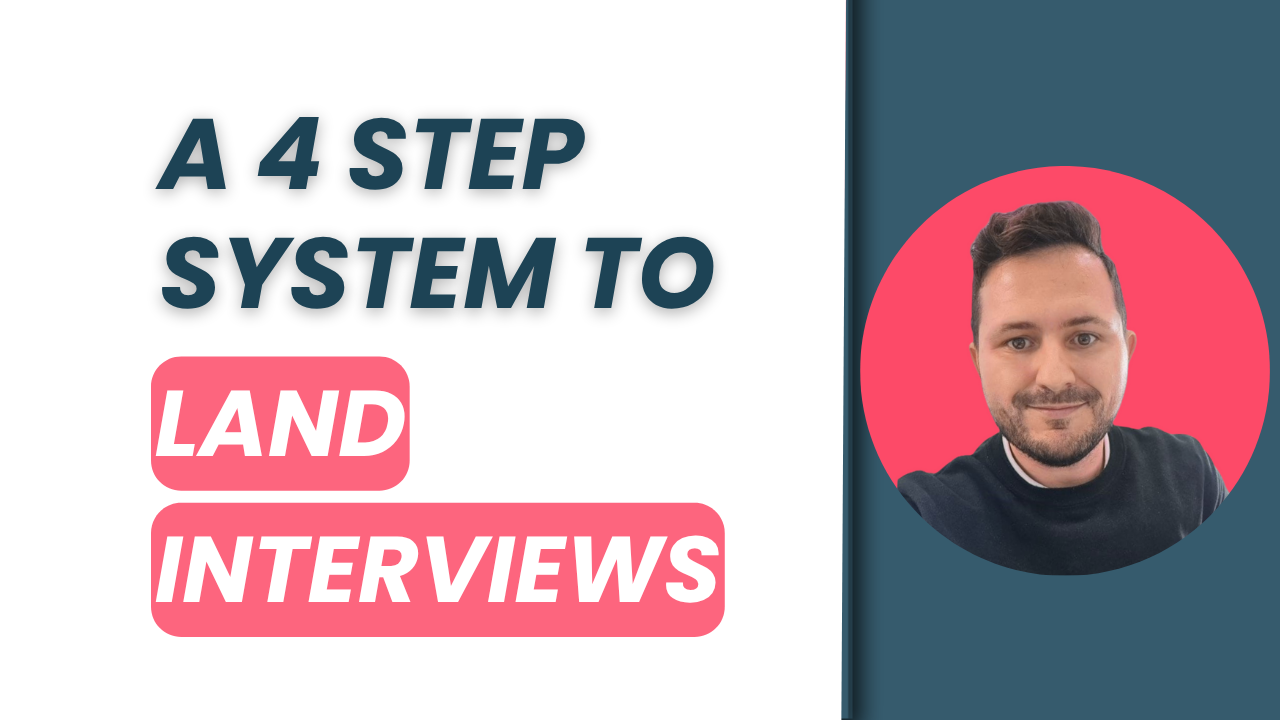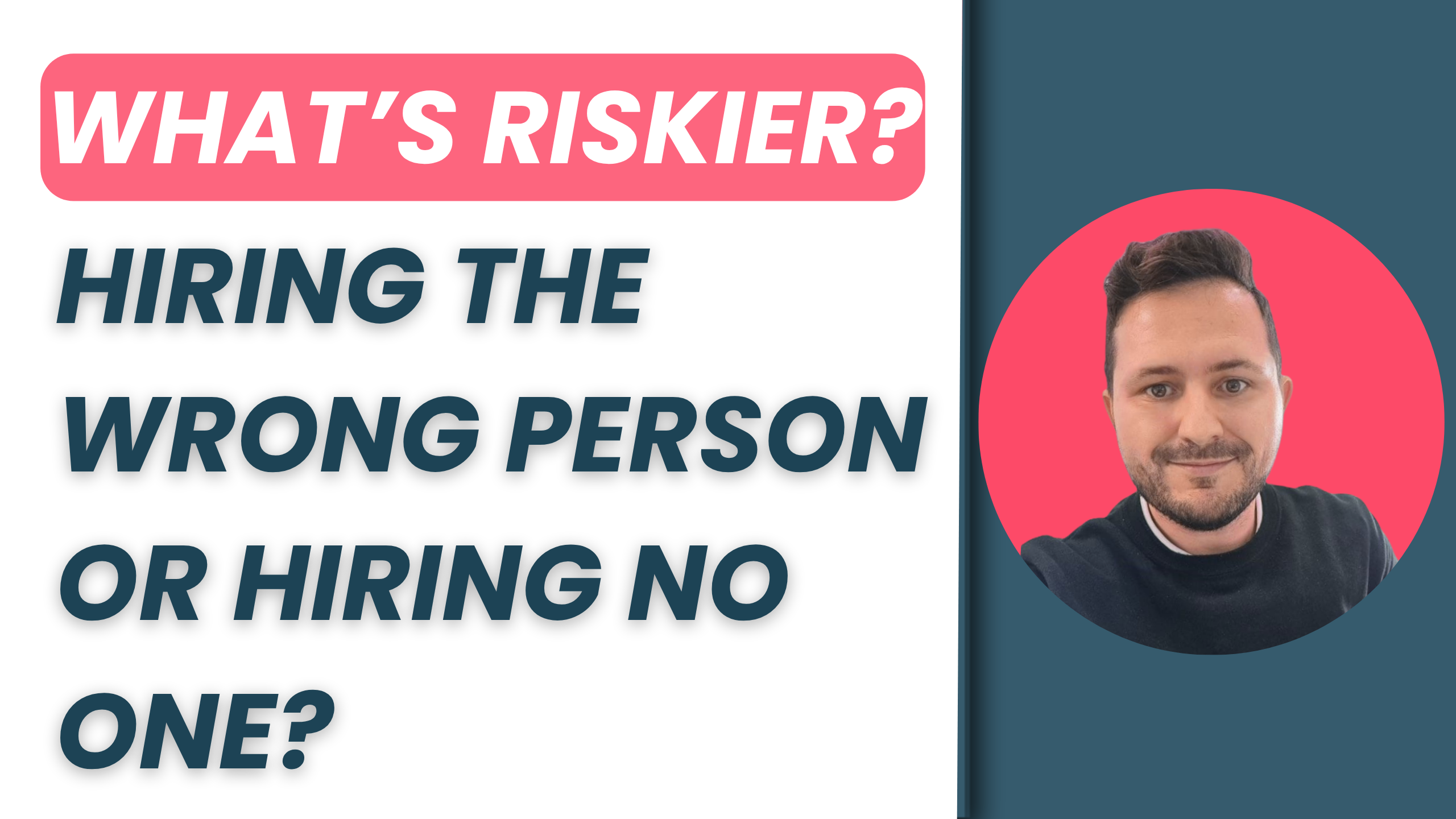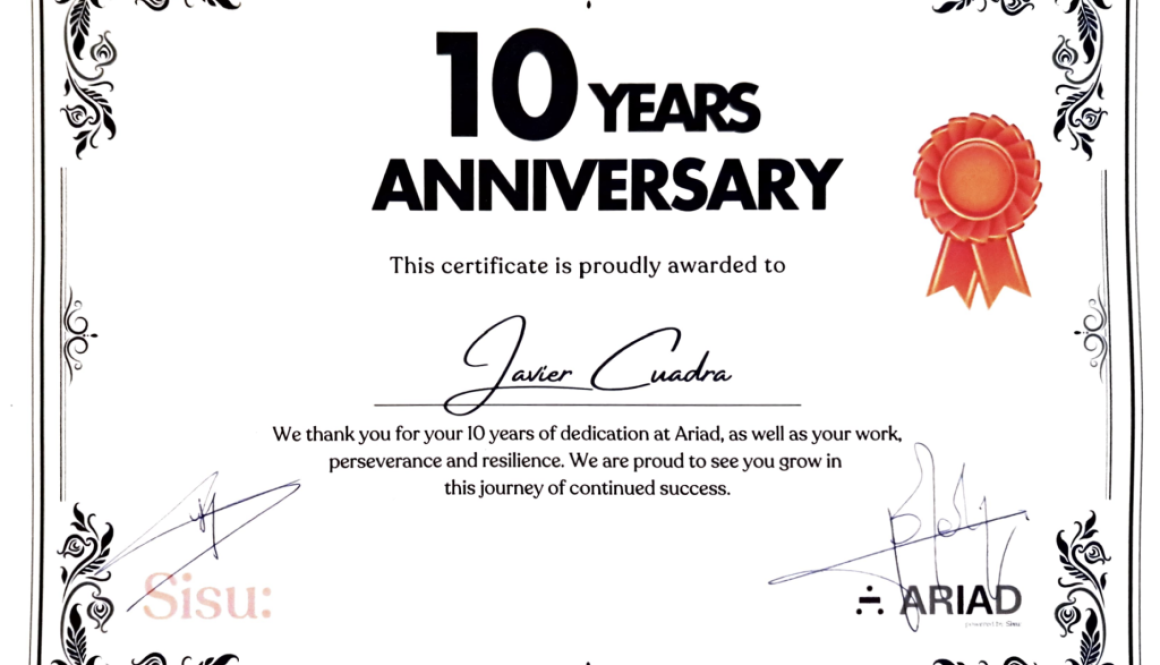As a Talent Acquisition Manager, I’ve come to understand that effective performance evaluations are essential not only for individual employee growth but also for aligning our team’s efforts with the overarching goals of the organization. I’ve witnessed firsthand the significant impact of formal review sessions within our team.
My perspective has evolved significantly over the years. Initially, I believed that these evaluations were overrated and that ongoing collaboration and feedback were sufficient Over the years, I’ve developed a structured approach to performance evaluations that emphasizes clarity, collaboration, and continuous improvement, especially with remote teams.
Here’s how I navigate performance evaluations and the invaluable lessons I’ve learned along the way.
Setting Goals that Drive Results
The foundation of any effective performance evaluation begins with setting clear, achievable goals. Each year, I sit down with my team to align individual objectives with our company’s strategic goals. This alignment is crucial for creating a roadmap for both personal and professional growth.
Involving the team in setting these goals is key. When they understand why we measure specific metrics—like the number of qualified candidates per role, conversion rates, and time-to-hire—they become more engaged and motivated. As I often say, “Numbers tell a story,” but it’s the narrative behind those numbers that truly matters. Setting Key Performance Indicators (KPIs) across the recruitment funnel allows us to identify bottlenecks and focus on what’s working. This transparency ensures everyone is moving in the same direction, contributing to the company’s success.
Choose the Right Metrics
From my experience, I’ve found that metrics such as fill rates, time to deliver, and candidate Net Promoter Score (NPS) are invaluable. These KPIs not only provide a quantitative measure of performance but also help align our recruitment efforts with organizational goals.
For instance, when I first implemented these KPIs, we discovered that our time-to-hire was longer than desired. By adopting a data-driven approach and analyzing our metrics, we identified inefficiencies in our screening process. The result? A significant reduction in hiring time.
If you share my passion for reading, I highly recommend Hiring Success by Jerome Ternynck. It’s an excellent guide for anyone looking to build and manage a successful hiring process.
Gather Data for a Full Picture
Once goals are set and metrics chosen, the next step is gathering data that accurately reflects each team member’s performance. I rely on Bullhorn, our Applicant Tracking System (ATS), to track performance, analyze conversion rates, and identify areas for improvement.
One example that stands out is when we noticed low conversion rates from interviews to offers. A closer look revealed a misalignment between how our recruiters were presenting roles and candidates’ expectations. By fine-tuning our messaging, we saw a 20% increase in offer acceptance rates. Without the right data, we might have missed that opportunity for improvement.
Nothing changes if you don’t provide good feedback
Providing feedback is at the heart of performance evaluations. It should be constructive, specific, and actionable. In staffing services, this could involve discussions around improving candidate-client matches or enhancing communication skills.
I firmly believe that feedback is a two-way conversation. From my experience, mastering feedback, and adopting a “feedforward” approach—focusing on future actions rather than past mistakes—has been instrumental in fostering employee growth and engagement. I find that sharing impromptu feedback often proves to be even more powerful than structured evaluations. Catching my team members doing great things and acknowledging them on the spot reinforces positive behaviors.
Inspired by Kim Scott’s book Radical Candor, I emphasize that “clear is kind.” Vague feedback only leads to confusion, so it’s essential to be direct and specific about how team members can improve. For example, instead of saying, “You need to work on your communication,” I might say, “I noticed that during the last client call, your points were clear, but you could have asked more open-ended questions to identify all the pain points of our clients and encourage dialogue. Next time, here you have 3 great questions you may ask…..” This clarity empowers my team to take actionable steps towards improvement.
Create Follow-Up Plans that Stick
After providing feedback, the next crucial step is to create personalized development plans for each team member. These plans should focus on areas critical to their roles in staffing services, identifying specific skills or competencies that require enhancement.
For instance, if a team member struggles with sourcing candidates, we may create a plan that includes training on advanced sourcing techniques, regular check-ins to discuss progress, and the opportunity to shadow a more experienced recruiter. This targeted approach ensures that our team members not only know where they need to improve but also have the resources and support to do so.
Common Mistakes TA Managers Make and How to Avoid Them
As I reflect on my experiences, I’ve noticed a few common mistakes that many people managers make during performance reviews:
Lack of Preparation: Performance evaluations fall flat when managers don’t prepare properly. Always gather relevant data and feedback ahead of time.
Vague Feedback: General feedback can leave employees confused. Be specific and provide concrete examples so they know exactly what to work on.
Infrequent Check-Ins: Annual reviews shouldn’t be the only time you give feedback. Regular check-ins throughout the year help avoid surprises and keep your team on track.
In short, effective performance evaluations for your Talent Acquisition team are not just about assessing past performance; they are an opportunity to shape future success. As you implement these strategies, remember to avoid common pitfalls and focus on cultivating a culture of continuous improvement. The result will be a more motivated and productive team!
Latests Articles from Javi Cuadra

